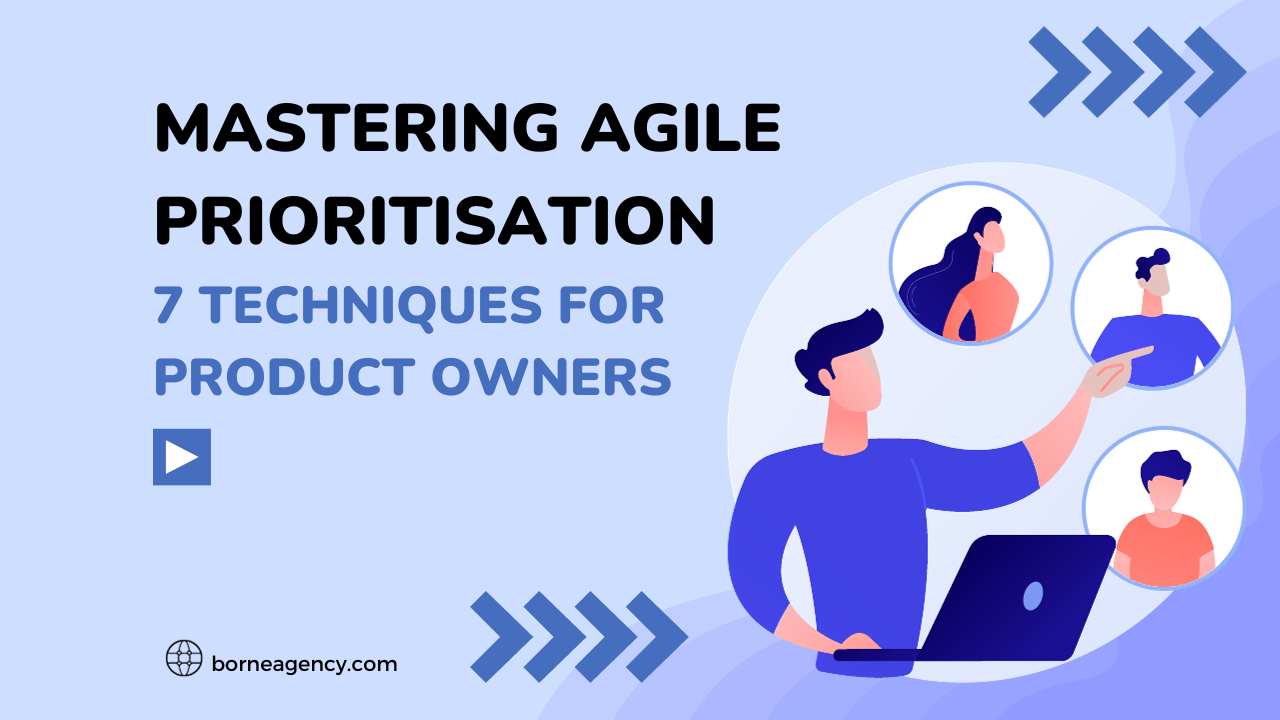Oct 26 - 4min readYour Pre-Launch Marketing StrategyBy Launchbase
Back in August, we wrote an article to help you answer the question of ‘What Next?’, when launch day finally comes around. The resounding answer? Well, an awful lot. There’s advertising to be planned, social content to be perfected and feedback to be responded to. But marketing doesn’t just begin when your app launches. The majority of successful mobile apps will have had a marketing strategy in place from the get-go.
Here’s our top tips for getting your marketing strategy in place before your app has even launched:
Set Objectives
Launching a marketing campaign without any goals is like visiting IKEA on a Saturday afternoon without a shopping list. It’s not only a huge waste of time, it’s also likely to end in divorce. We’re not sure why or how, but take our word for it.
Set yourself an end goal and work backwards to figure out which campaigns to go with. These goals could include brand awareness, building an email list, reaching a certain engagement % on social media. Statistics are important and don’t just pull some numbers out of the air willy-nilly, actually put some thought into it.
Competitor Analysis
Whether you’re launching a mobile app or a chain of gluten-free, vegan restaurants, competitor analysis is an essential part of the process. You only need to watch one episode of The Apprentice to see how ugly things can get when the basics are overlooked, and competitor analysis is one of these basics.
Analysing your competitors involves evaluating anyone who does the same thing as you. Have a look at their marketing strategies, their target users, brand values, profitability, strengths and weaknesses in their campaign – the list is endless!
Ideally, competitor analysis should be done before the project even begins for two reasons. Firstly, to ensure there is actually a gap in the market for your project. In an over-saturated market it’s essential to determine your unique selling point, and researching other companies will ensure no one is doing the same. Secondly, it enables you to learn from your competitors successes and mistakes and avoid making the same from the offset. We all love a marketing fail, but as well as laughing at yet another monumental screw up, let’s try to learn from them.
Know Your Target User
If we had a pound for each time one of our clients had no idea what kind of person they’re targeting, well, I’d probably be on a beach in Mexico.
Our branding meetings at the start of a project often include a target user profiling session. Put together a list of your users’ goals and needs, which will help you when it comes to creating and targeting your campaigns.
Your product must help your target user accomplish their goals, whether it’s relieving boredom on their commute, finally managing to lose weight or finding a new partner.
Optimise Your App Store Page
We’ve written multiple posts on app store optimisation, so we won’t go into too much detail here. All we will say is keywords, keywords and more keywords.
And we don’t want them stuffed into your app store description like an overfilled sofa cushion. They need to be delicately placed into your copy strategically and carefully – use the same care and consideration you would use to place strawberries on a slightly-underdone chocolate brownie. Have we been watching too much Great British Bake Off? I don’t think so.
Start A Blog
People are often put off starting a blog as they believe they can’t write. If there’s one thing I’ve learned in my life it’s this; you do not need to be able to write well to start a blog. Sure, it helps. But my morning scroll through Medium’s top stories has taught me that running a successful blog is so much more than just being able to write well.
It is not knowing your similes from your metaphors or using a synonym for every word you type. It’s about personality and actually useful advice. Blogging will help you to build the hype around your brand, target specific people and bring traffic to your website. Plus, it gives you something to do while your app developers are busy writing 6 months worth of code in a windowless basement.
Build A Social Presence
Attempting to build a brand without a social media presence is definitely possible, but you’re likely making your life more difficult. If you’re not social savvy enough to manage your own social media profiles, it’s worth getting someone else in to help. These days millennials know their way around a Twitter feed better than they know their way around their own town (I’m allowed to say this – I”m a millennial), and most of us only require enough money to get our weekly avocado toast fix.
Social media profiles are an excellent way to make your brand appear more ‘human’. Twitter allows brands to quickly respond to feedback and complaints, while Instagram can provide a valuable ‘behind-the-scenes’ insight into the creation of your app. Social profiles are essential when it comes to building a pre-launch ‘buzz’ around your product – think sneak peaks or giveaways.
Check out our guide to using Instagram to drive downloads if you need a bit more inspiration.



